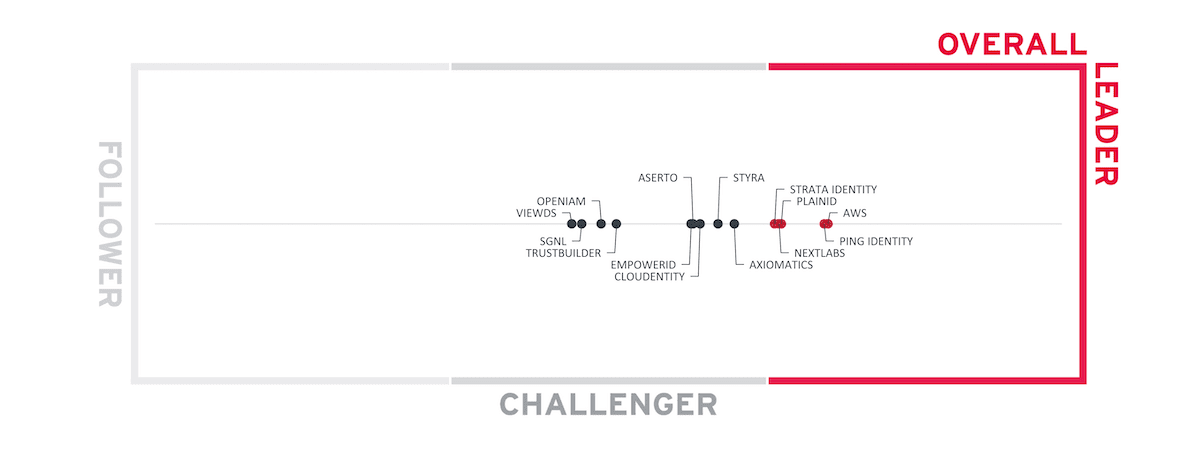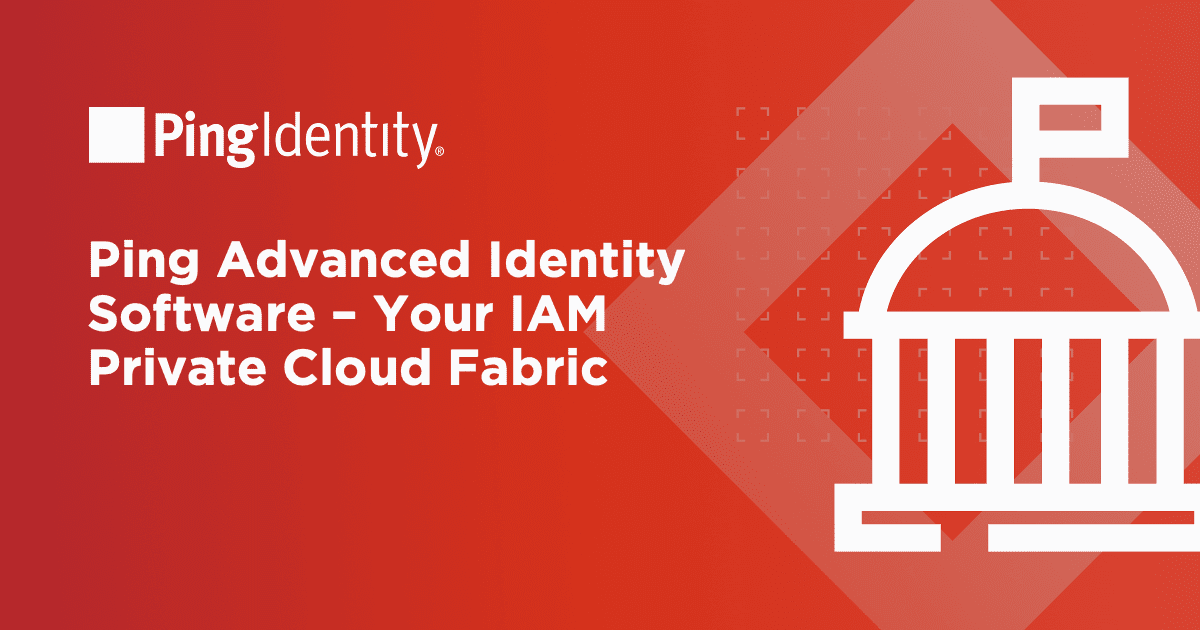Controlling access to resources and data is a critical priority for organizations. When developers are tasked with introducing a new application, one of the first considerations is the authorization model. How will we control access to features? Will there be limitations on who can perform actions? For too long, the answer has been to custom develop a homegrown solution for each application.
However, this approach often means that developers are repeatedly developing an authorization solution time and time again. This is a hidden cost of application development, where developer time is spent building an authorization framework rather than features and functionality that help drive business outcomes. Furthermore, homegrown authorization frameworks are often limited in the use cases they can solve.
Following the pattern of authentication, developers are now turning to IAM platforms to manage authorization controls. For simple needs, authorization may be easily managed with an application permissions model. As more sophisticated use cases and requirements emerge, this simple model is best extended with fine-grained policies to handle user segmentation and dynamic decisioning.



